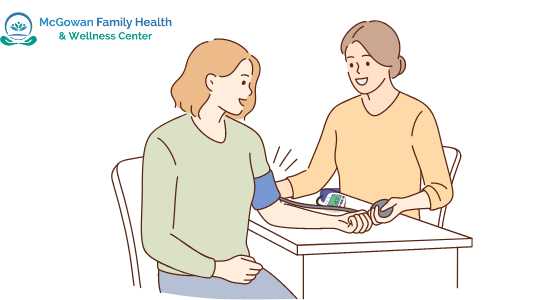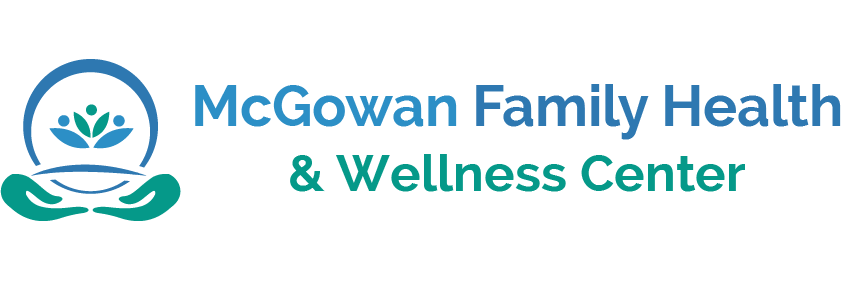Hypertension, often known as high blood pressure, is sometimes referred to as the “silent killer.” Despite having a high risk of heart disease and stroke, it frequently exhibits no symptoms. And among the main causes of death in the United States are these disorders. How to lower hypertension blood pressure?

Nearly half of American adults suffer from high blood pressure.
The unit of measurement for blood pressure is millimeters of mercury, or mm Hg. The measurement involves the following two numbers:
- Blood pressure in systole. The highest figure indicates the amount of pressure your heart exerts as it pumps blood into the arteries that supply the rest of your body.
- Blood pressure during diastole. The pressure in your blood arteries between beats, while your heart is filling and relaxing, is represented by the bottom number.
- Your blood pressure is influenced by how much blood your heart is pumping and how much resistance your arteries present to blood flow. Your blood pressure will increase if your arteries are narrower.
- A normal blood pressure reading is less than 120/80 mm Hg. A blood pressure reading of 130/80 mm Hg or higher is regarded as high.
- You have raised blood pressure if your readings are higher than average but less than 130/80 mm Hg. This indicates that you could eventually develop excessive blood pressure.
- The good news about having high blood pressure is that you can adjust your lifestyle and drastically lower your numbers and risk without taking any drugs.
Here Are Some Efficient Methods For Lowering Blood Pressure
Be More Active and More Active
Aerobic and weight training may considerably lower blood pressure, especially for males, according to a meta-analysis of 65 research.
In a 2013 study, sedentary older individuals who engaged in aerobic exercise training saw an average reduction in systolic and diastolic blood pressure of 3.9 and 4.5 percent, respectively. These outcomes are comparable to those of various blood pressure medicines.
Your heart gets stronger and pumps less forcefully as you routinely raise your heart and breathing rates. This decreases your blood pressure and relieves pressure on your arteries. Before searching you can look for hypertension near me best clinic and Macgowan is one of them.
What Level Of Activity Should You Aim For
According to a 2019 report by the American College of Cardiology and the American Heart Association, you should engage in moderate- to intense physical activity three to four times per week for 40 minutes at a time.
If it’s difficult to find 40 minutes at once, there can still be benefits by breaking it up into three or four 10- to 15-minute chunks throughout the day.
It’s not necessary to run marathons, though. You can increase your activity level by doing the following:
- ascending stairs
- driving rather than walking
- performing household duties
- gardening
- taking a bicycle trip
- exercising as a team
- Just be consistent and work up to at least 30 minutes of moderate activity each day.
Tai chi is one instance of a moderate activity that can have significant effects. In comparison to no exercise at all, a 2017 research on the relationship between tai chi and high blood pressure found an average overall decrease in systolic blood pressure of 15.6 mm Hg and a decrease in diastolic blood pressure of 10.7 mm Hg.
There are numerous combinations of exercise that can lower blood pressure, according to a 2014 research on the topic.
These drills consist of:
- aerobic activity
- resistance exercise
- training with high-intensity bursts
- brief workouts spread out throughout the day
- 10,000 steps per day of movement
- Studies are currently being conducted that demonstrate there are still advantages to even light physical activity, particularly for elderly persons.
If You Are Overweight, Lose Weight
Losing 5 to 10 pounds can lower your blood pressure if you are overweight. Additionally, you’ll reduce your likelihood of developing additional medical issues.
According to a study of multiple research, blood pressure was decreased by weight loss programmes by an average of 3.2 mm Hg diastolic and 4.5 mm Hg systolic.
Consume Fewer Refined Carbs and Sugars
Numerous studies have shown that limiting sugar and processed carbohydrates can aid in weight loss and blood pressure reduction.
According to a 2014 research, sugar, especially fructose, may raise blood pressure more than salt. Sugar raised blood pressure by 6.9 mm Hg systolic and 5.6 mm Hg diastolic in studies that lasted at least eight weeks.
According to a 2020 study comparing many common diets, low-carb and low-fat diets reduced systolic blood pressure by 3 mm Hg and diastolic blood pressure by an average of 5 mm Hg in adults who were overweight or obese after six months.
Because you’re eating more protein and fat on a low-carb, low-sugar diet, you feel satiated for longer.
Mcgowan family health and wellness center is best for hypertension and blood pressure patients and dr. Sandra of Mcgowan is highly qualified and experienced. You can learn more about hypertension who is at risk. For assistance, you can call us anytime at (708) 480 9730.

